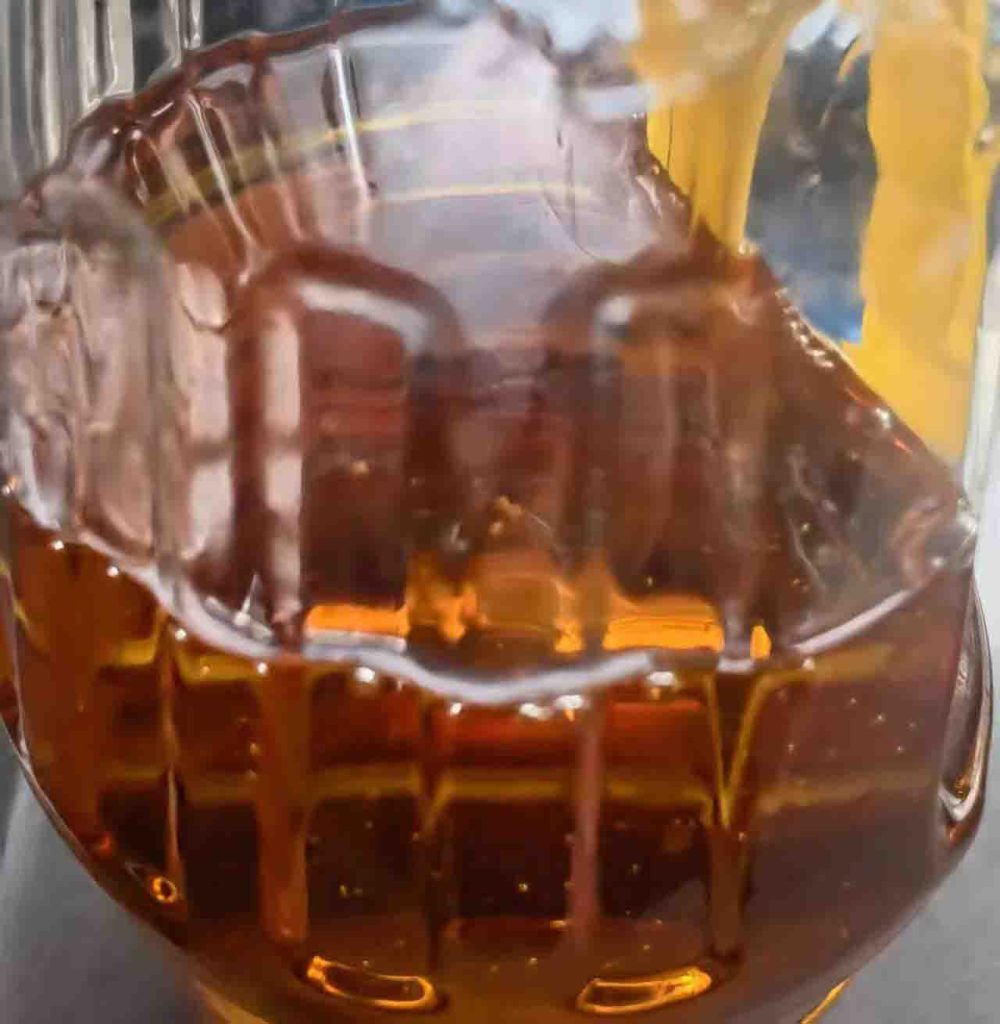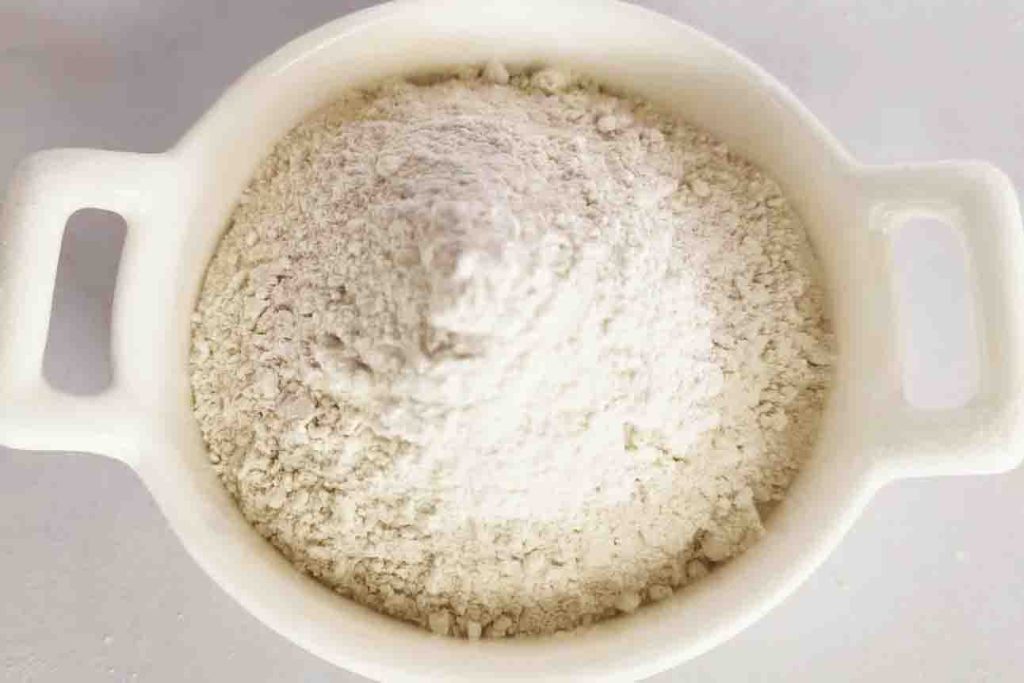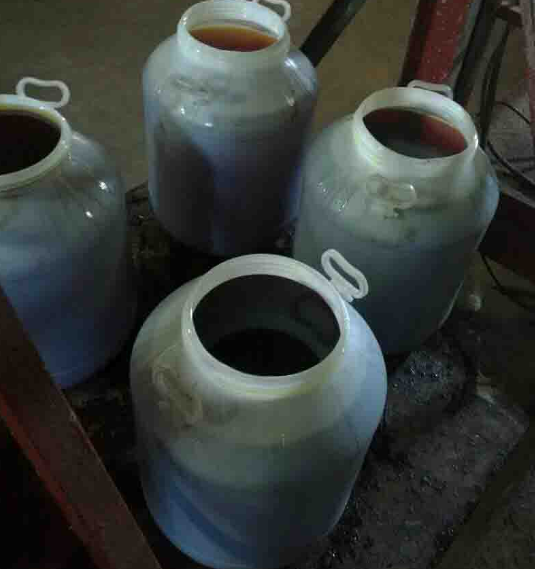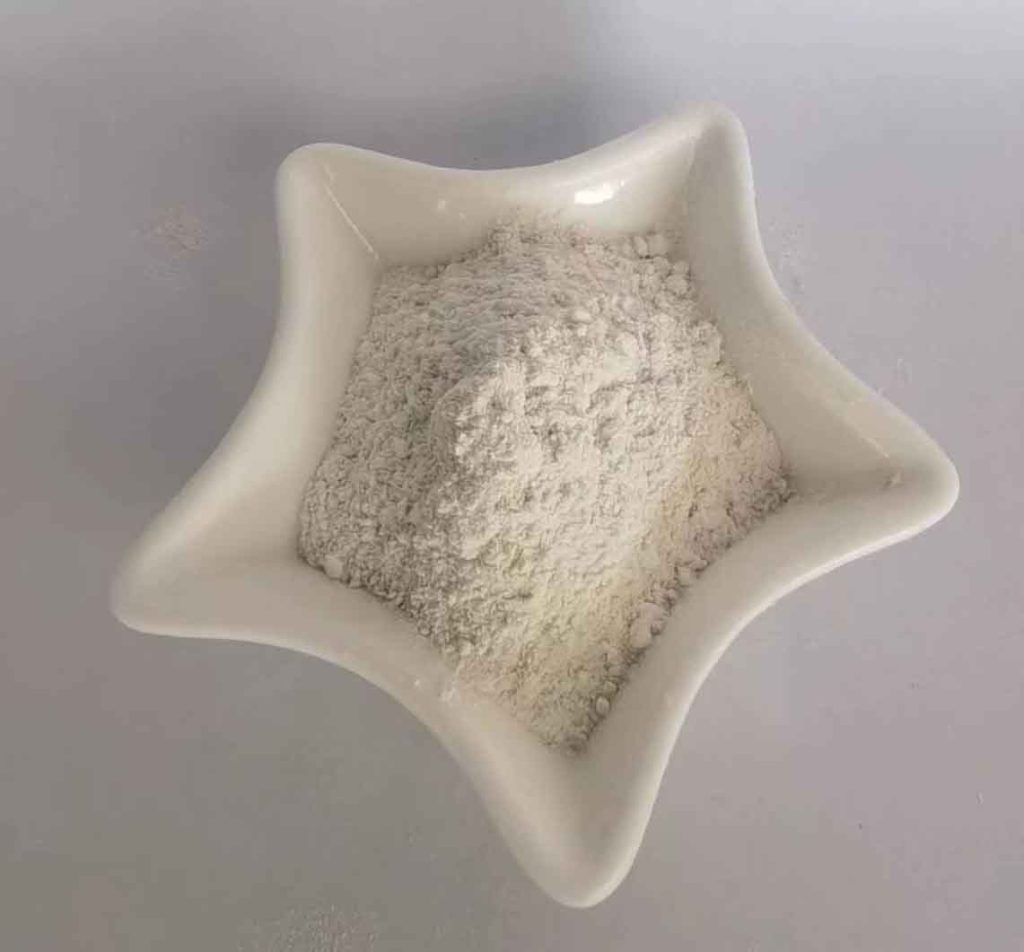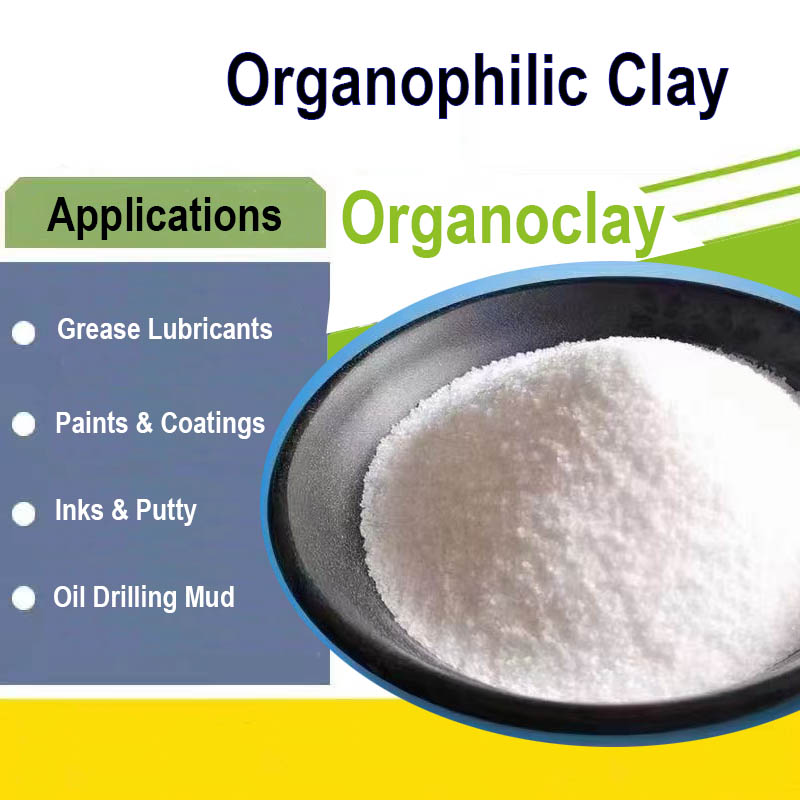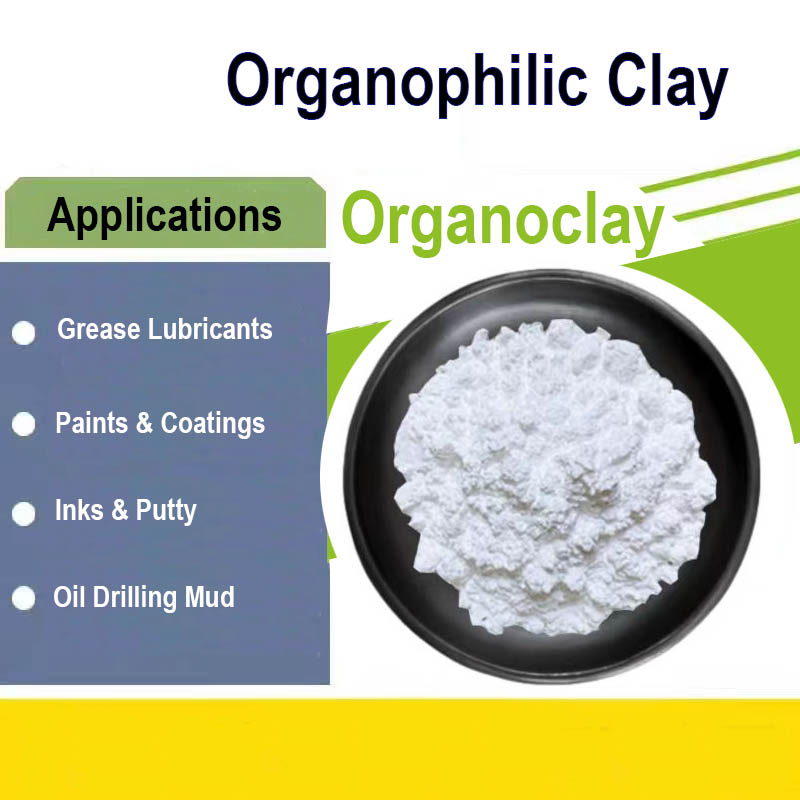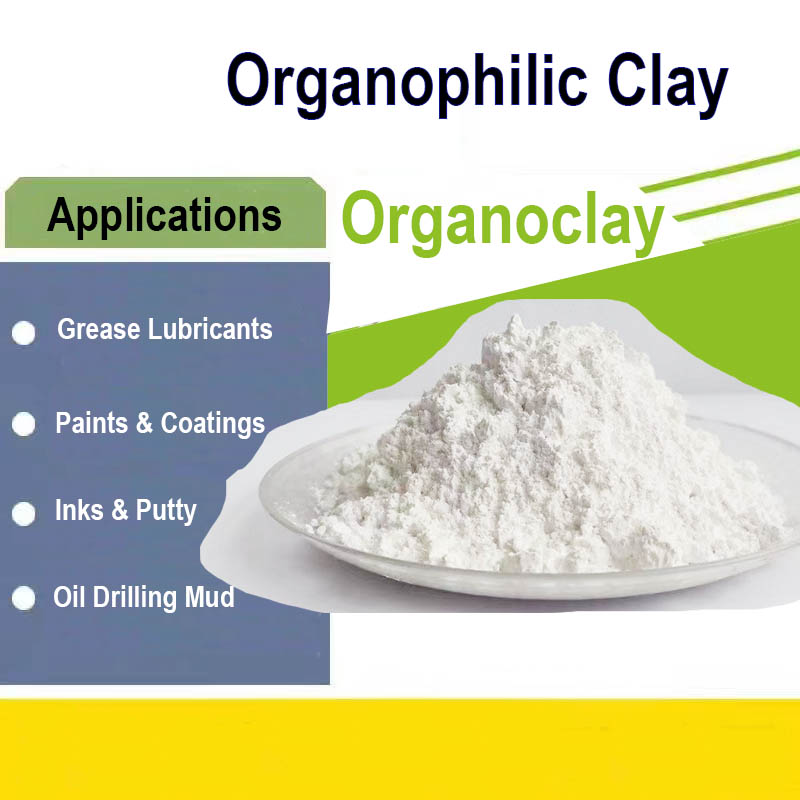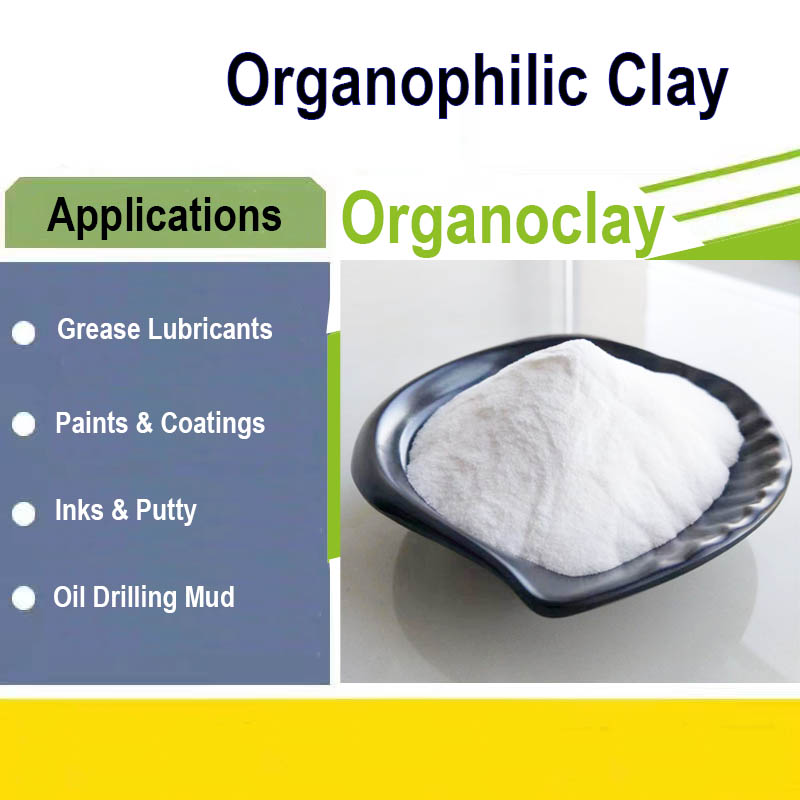Sorbitan Oleate
Sorbitan oleate has a composion of this emulsifying agent derived from sorbitol and oleic acid, highlighting its unique ability to blend oil and water-based ingredients effectively. This article from Zhejiang Camp-Shinning will discuss what is sorbitan oleate, where to buy sorbitan oleate, sorbitan oleate uses, and sorbitan oleate alternative available in the market.

